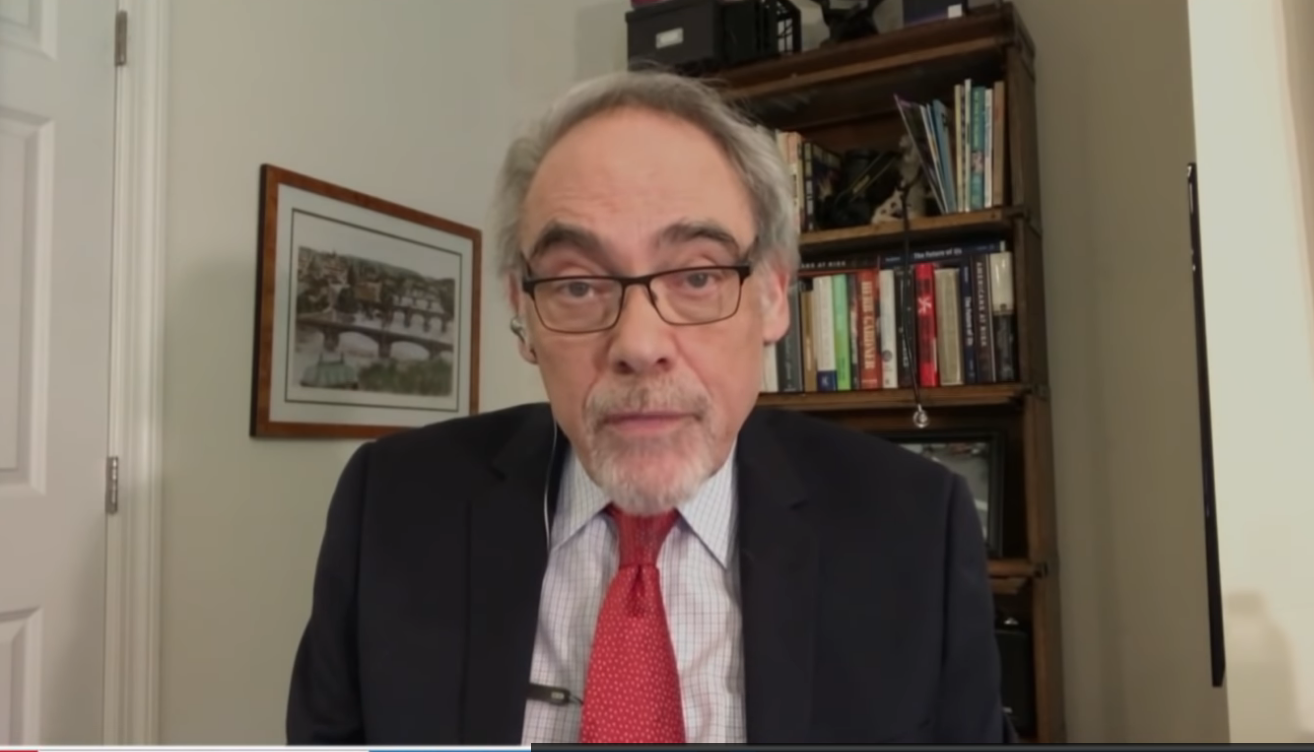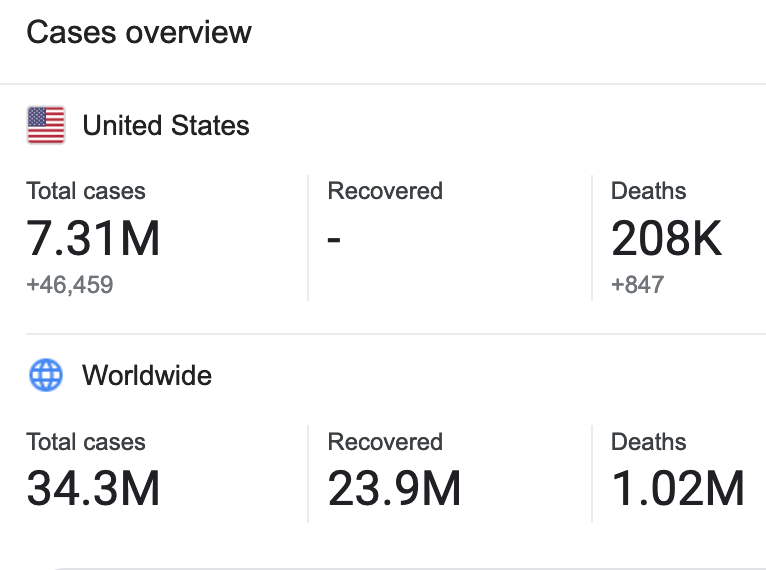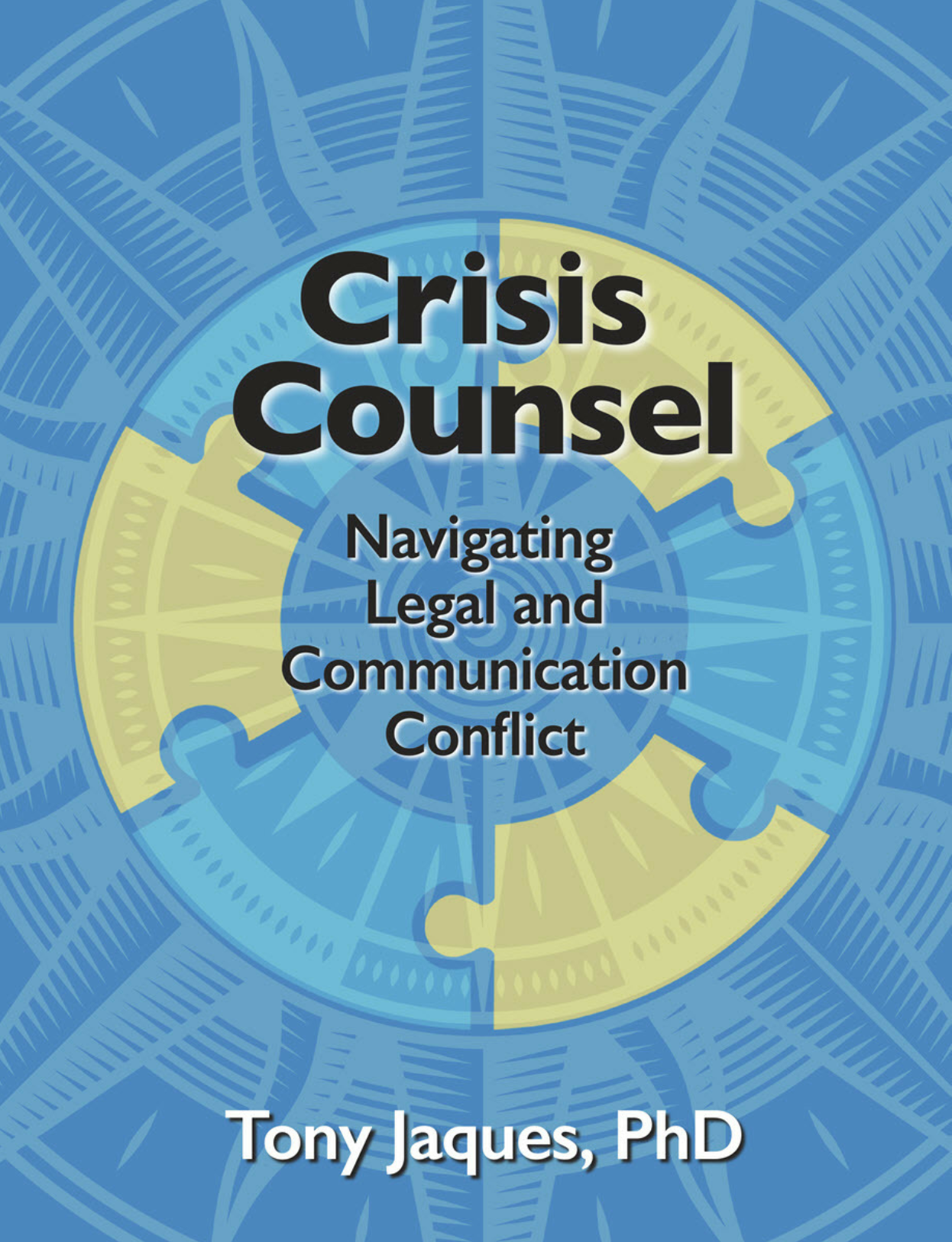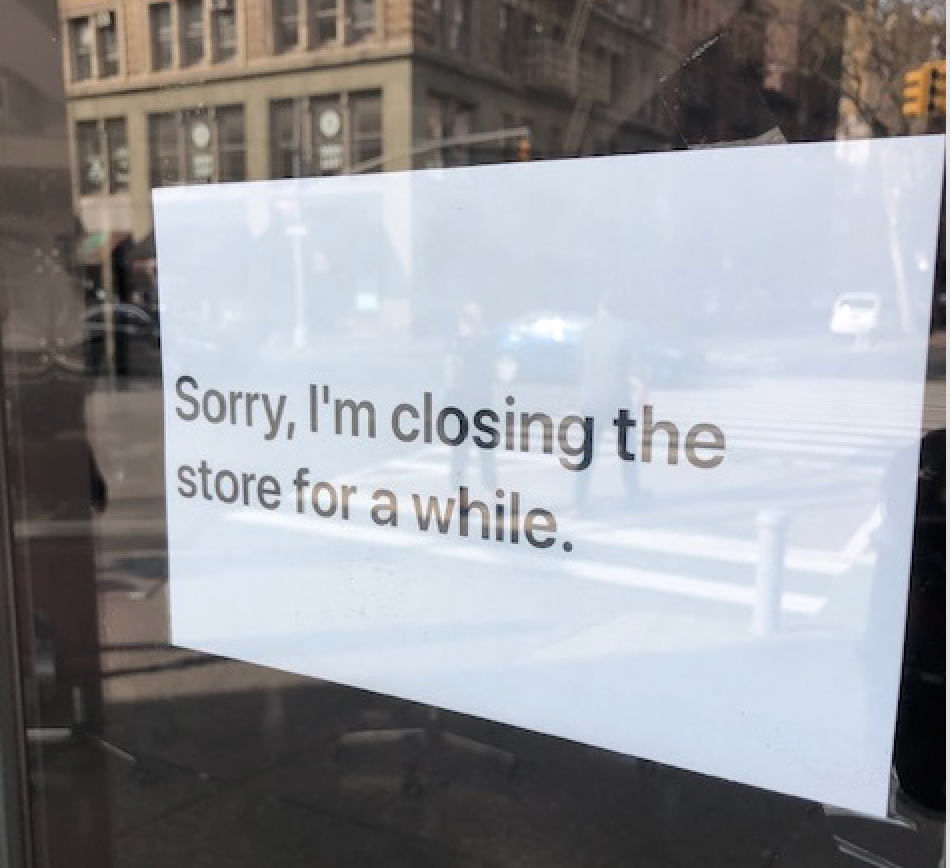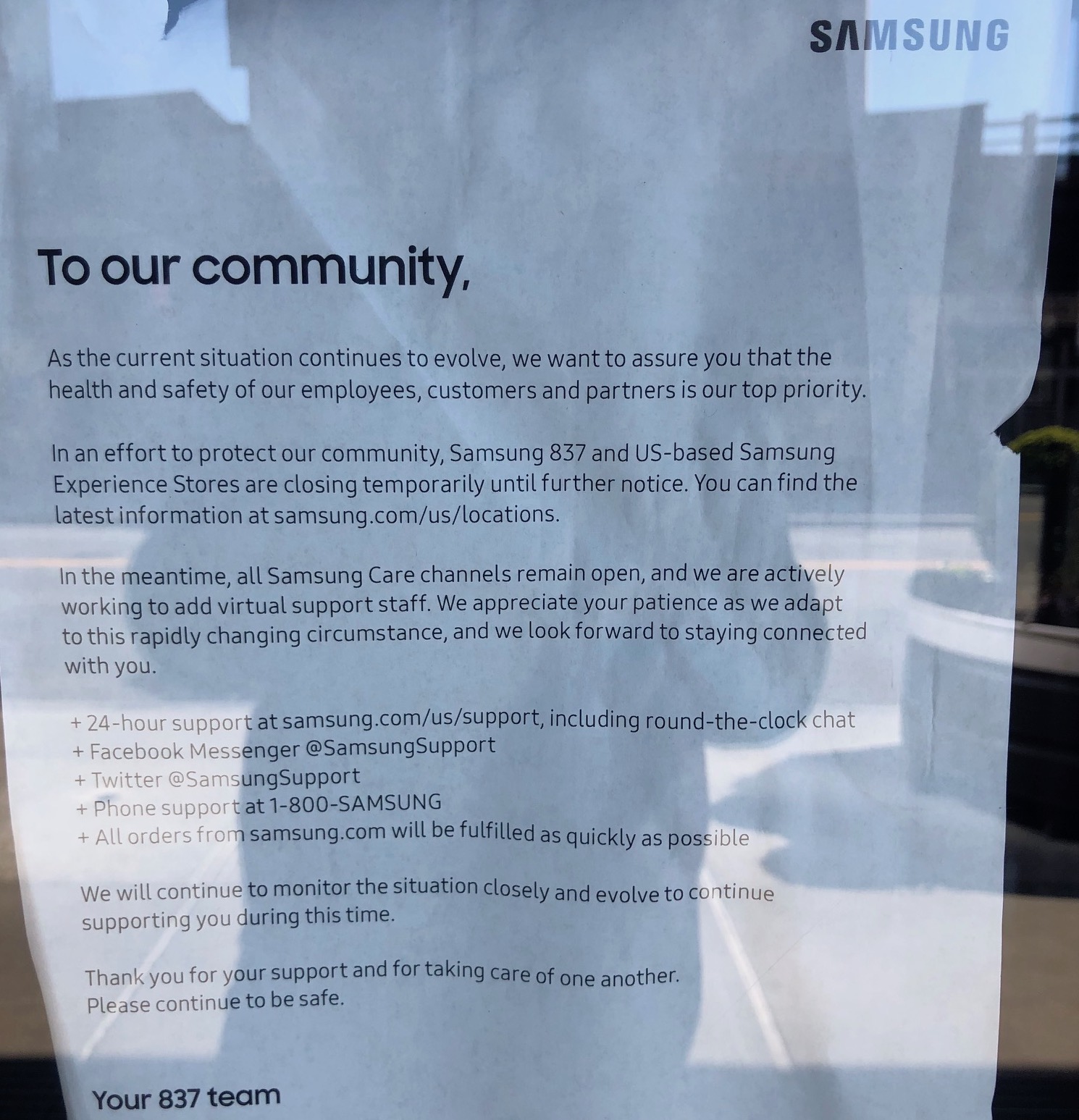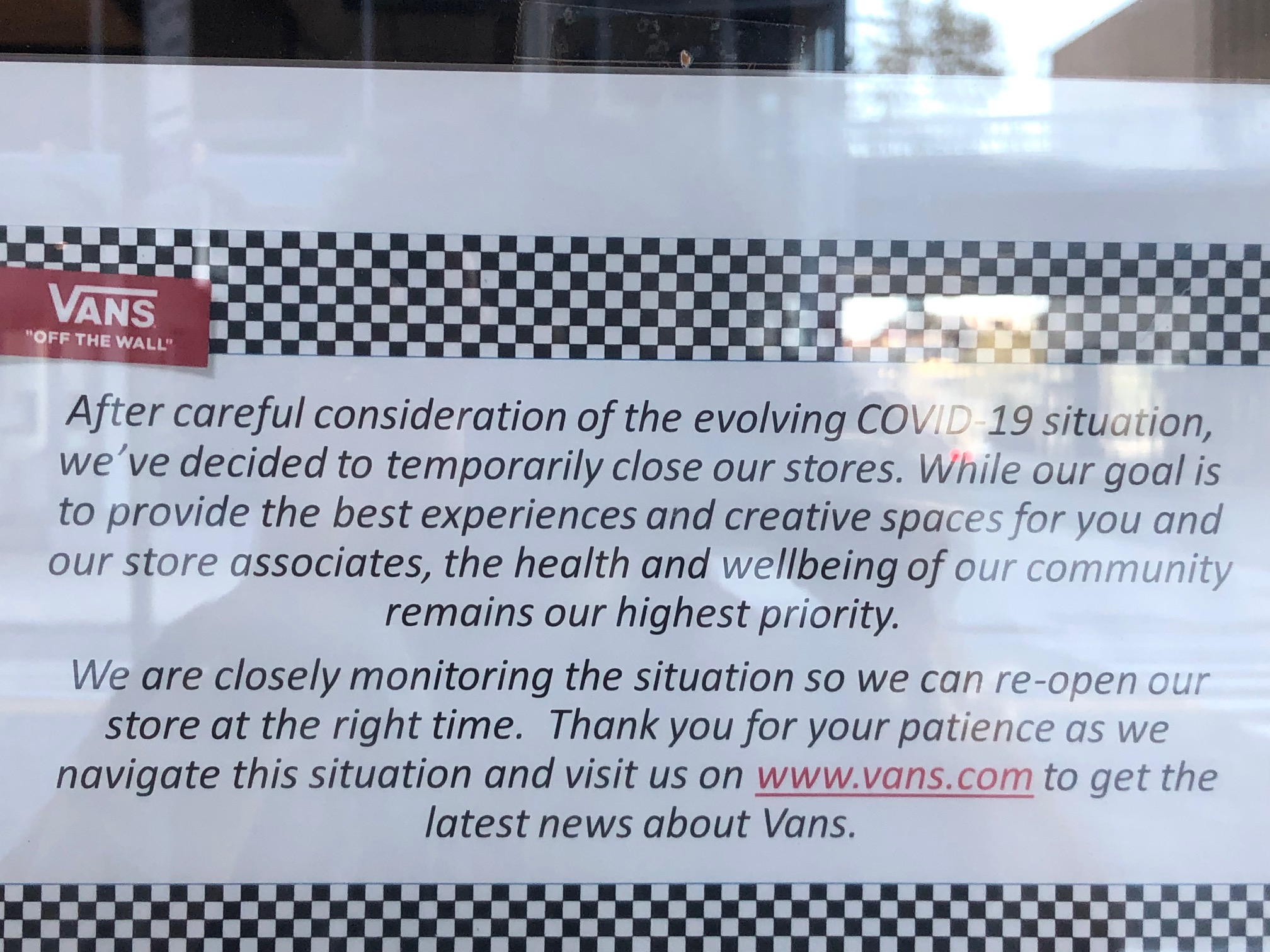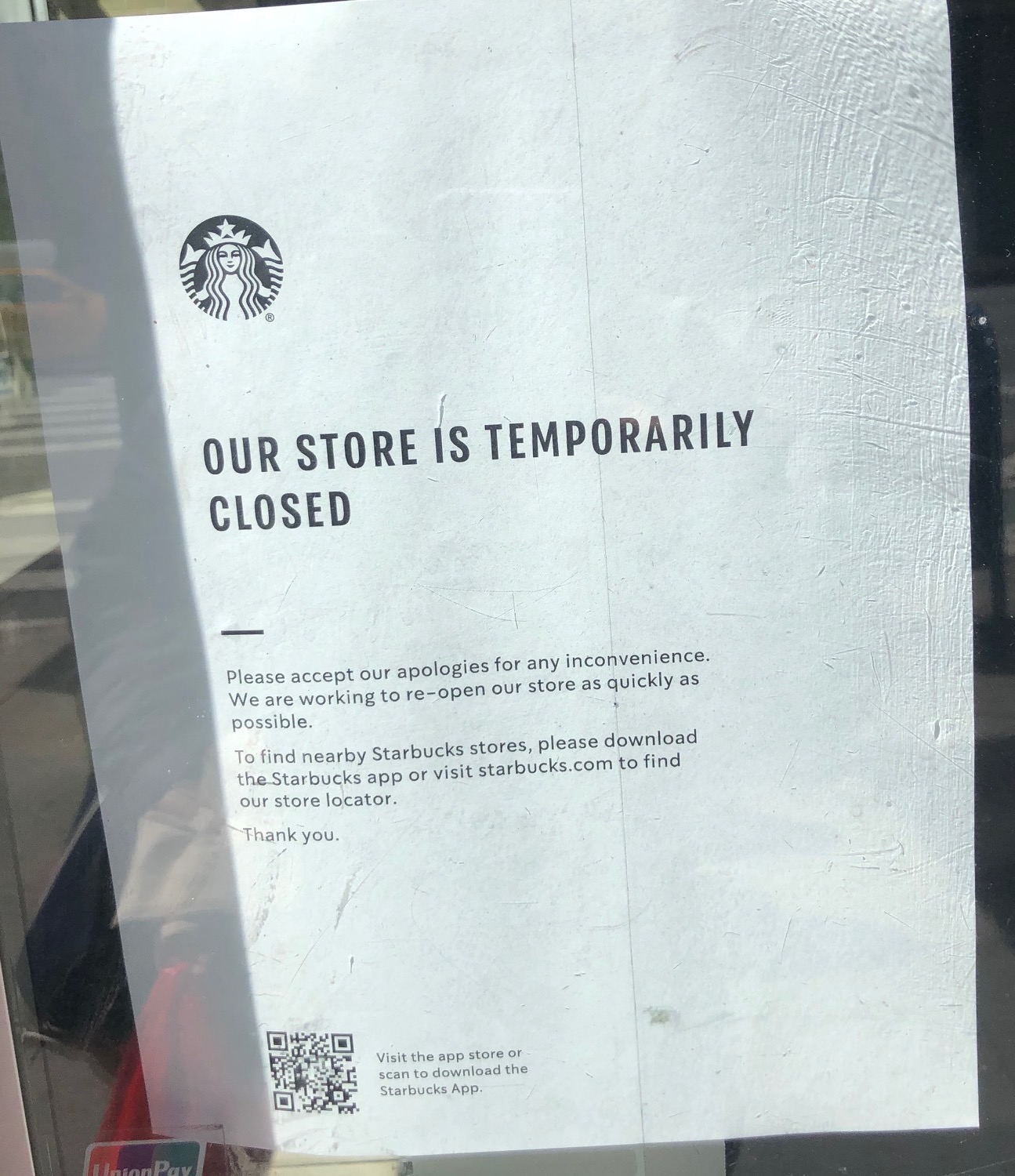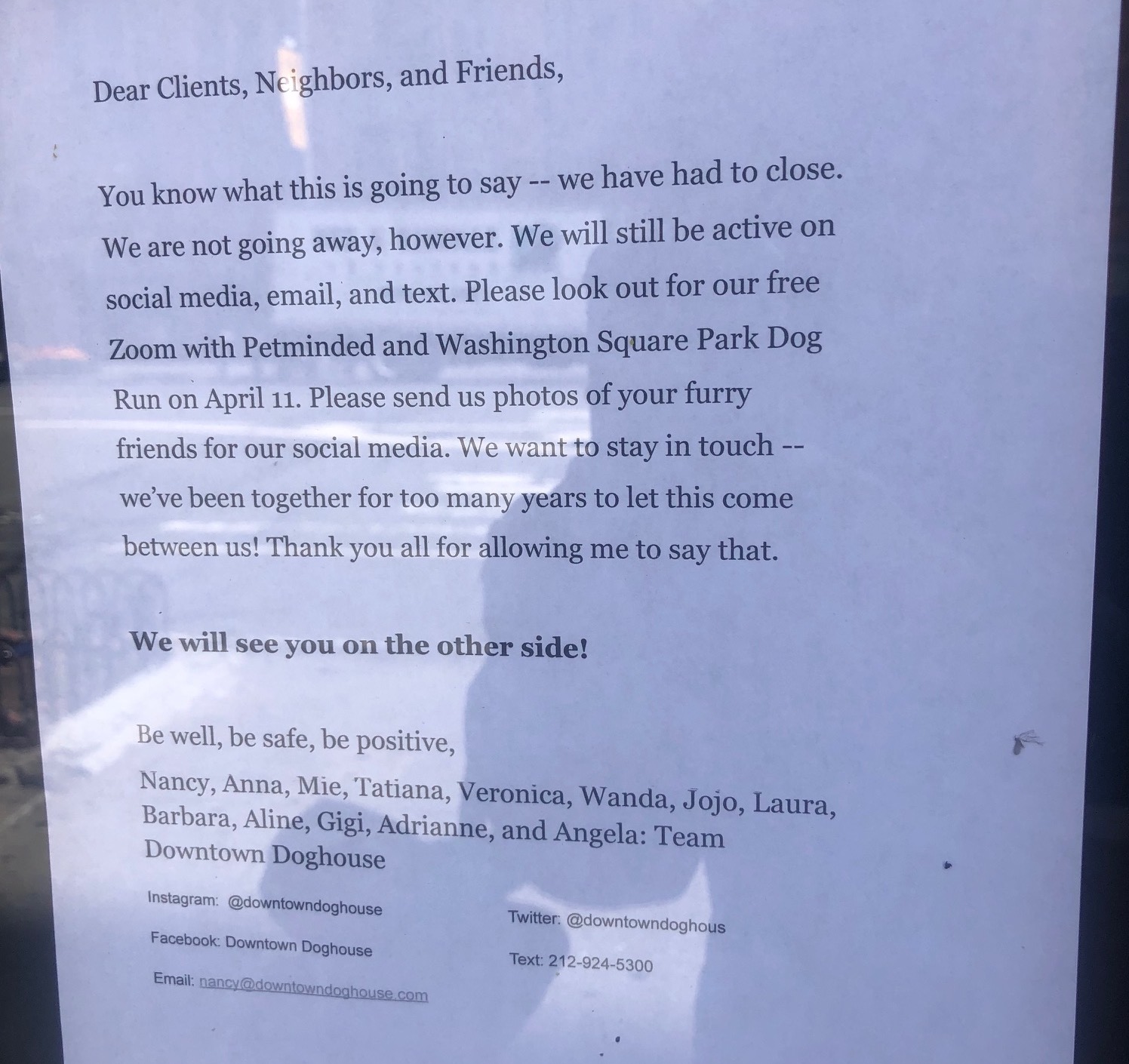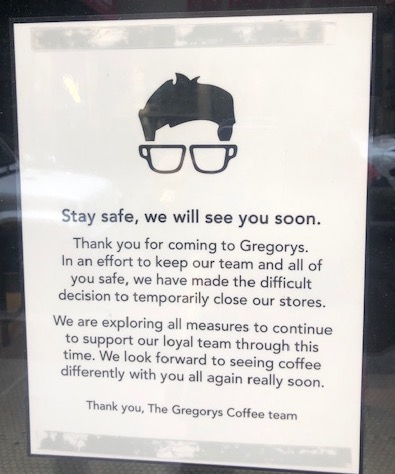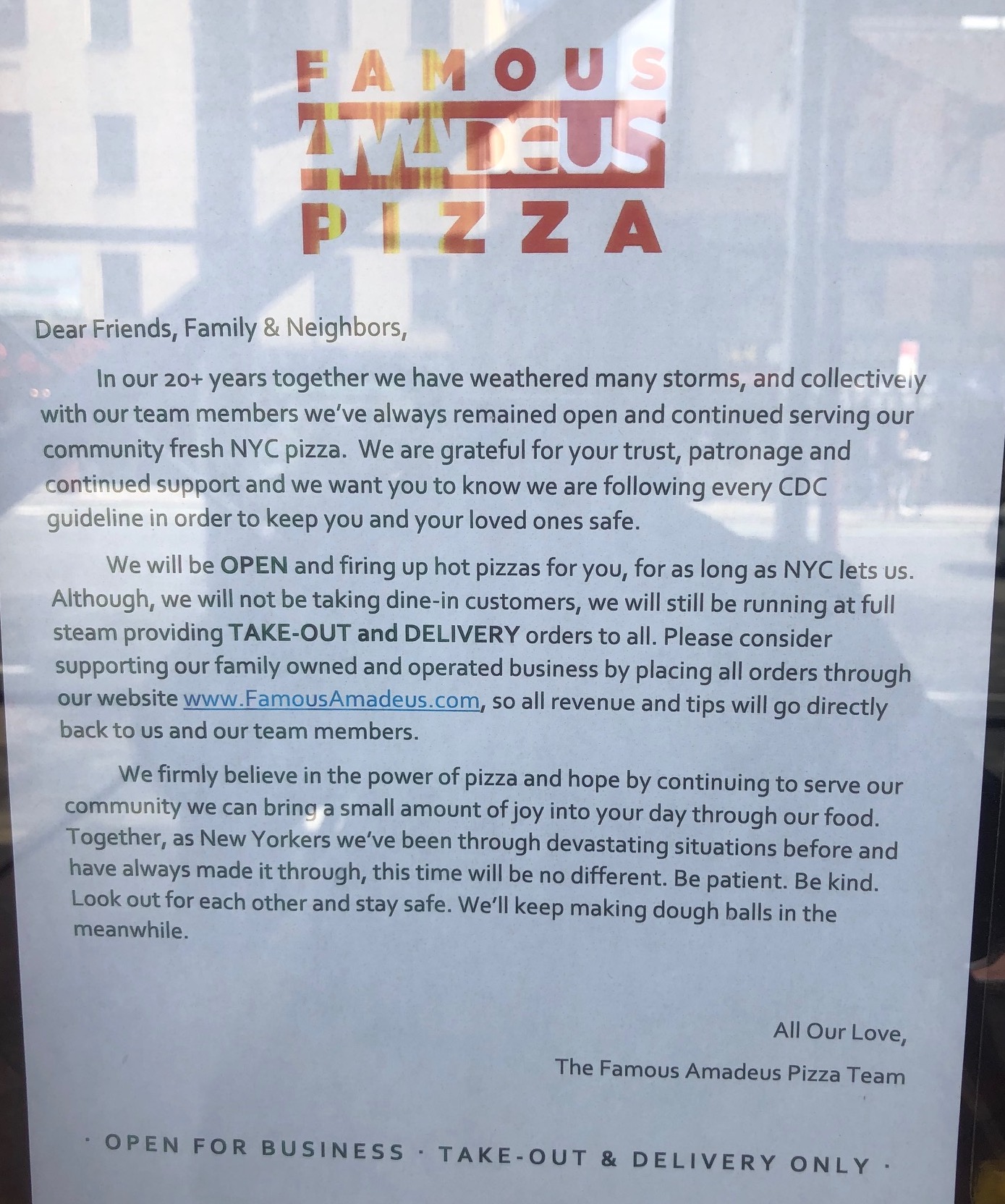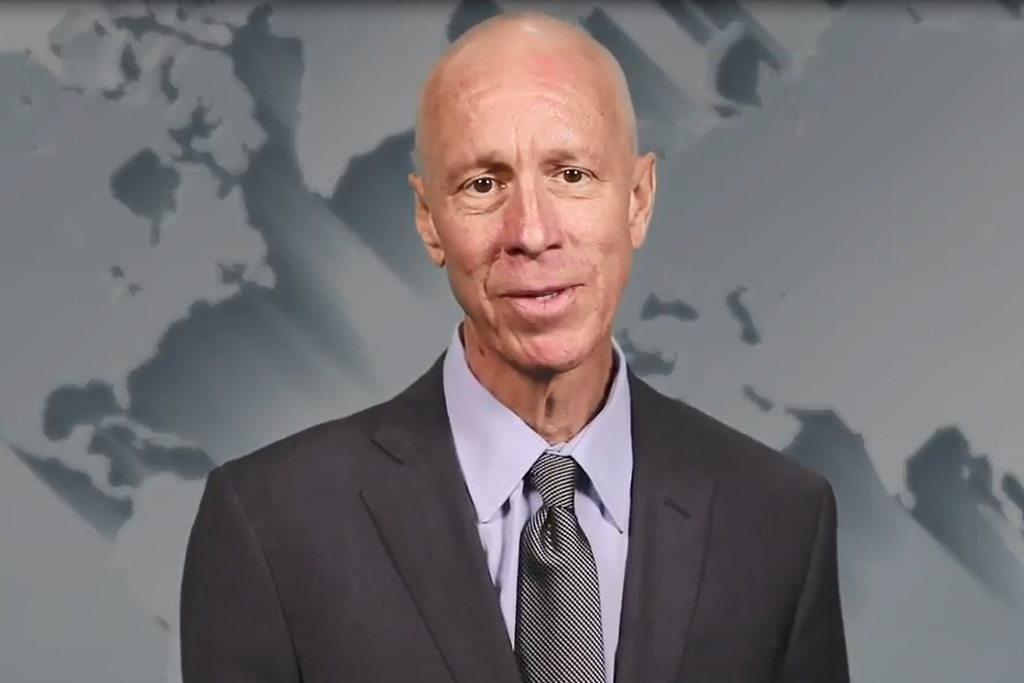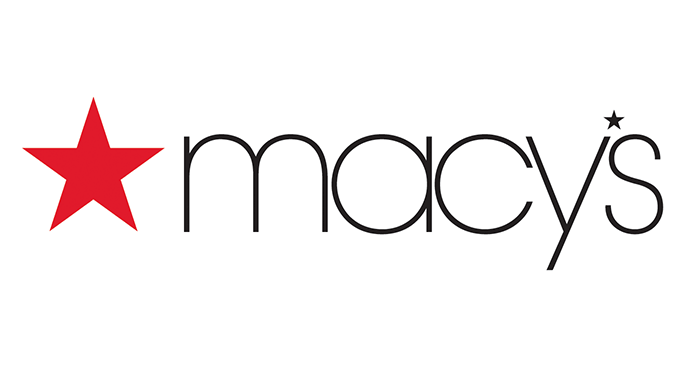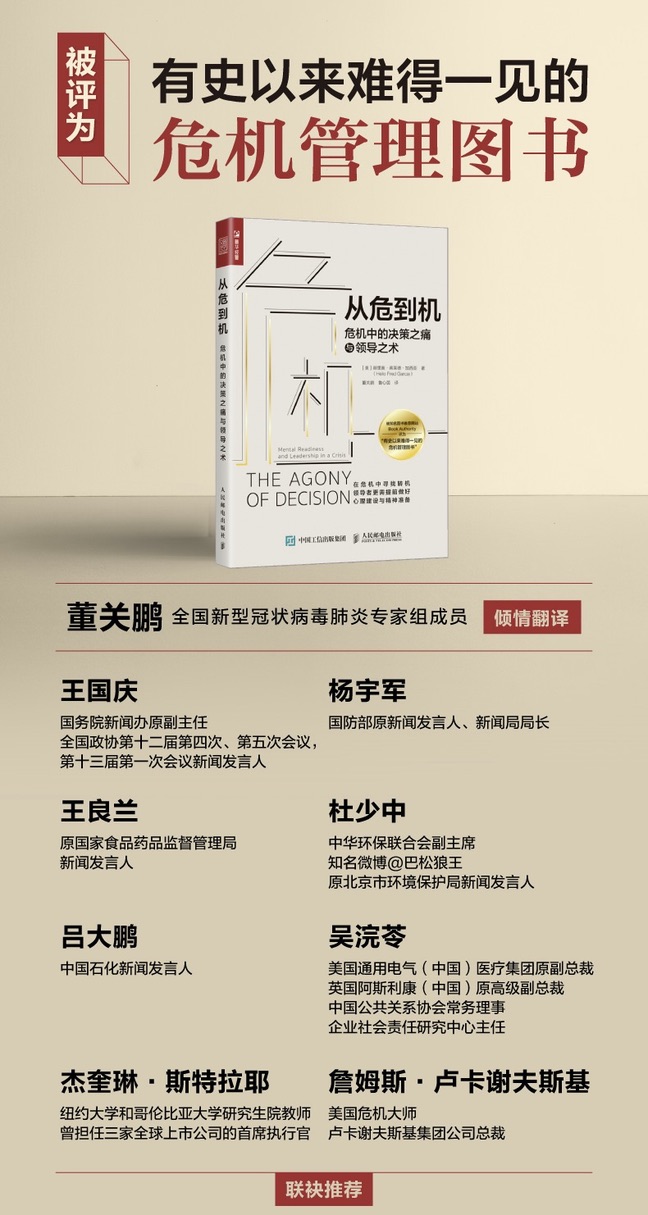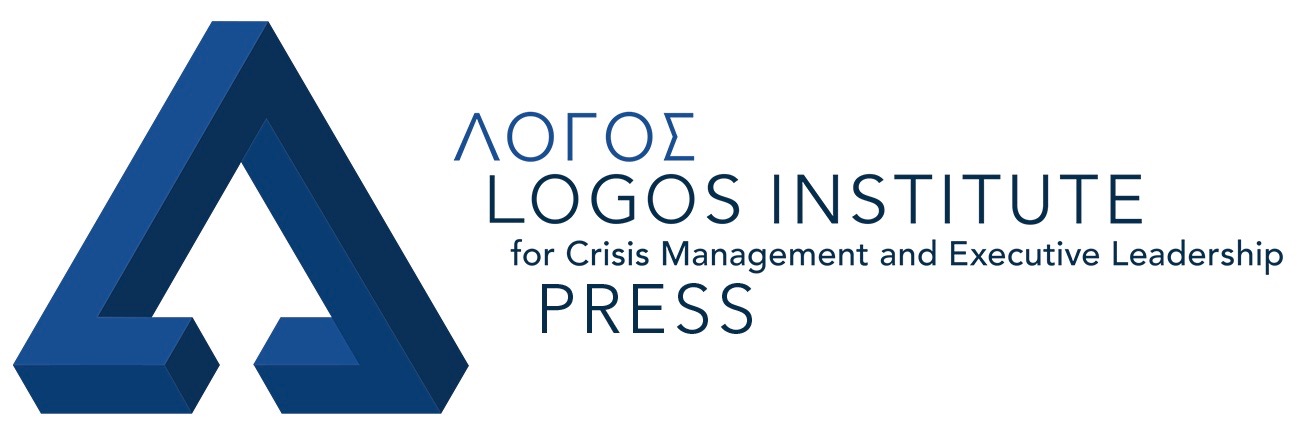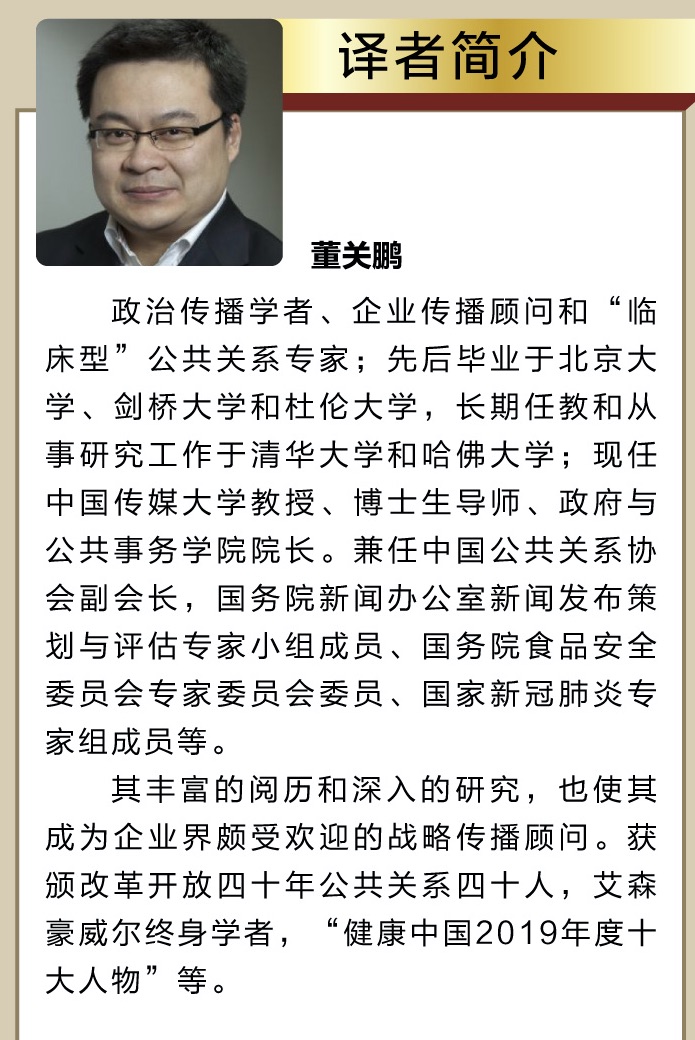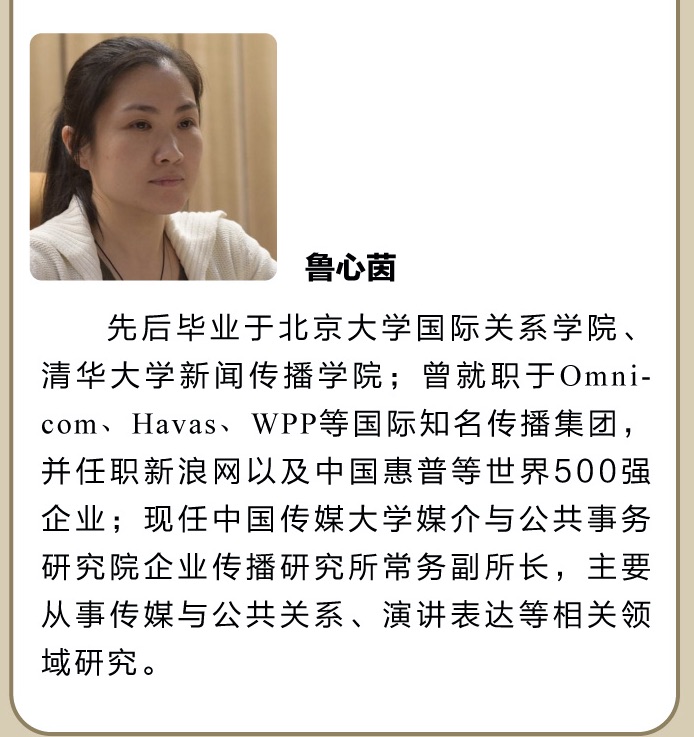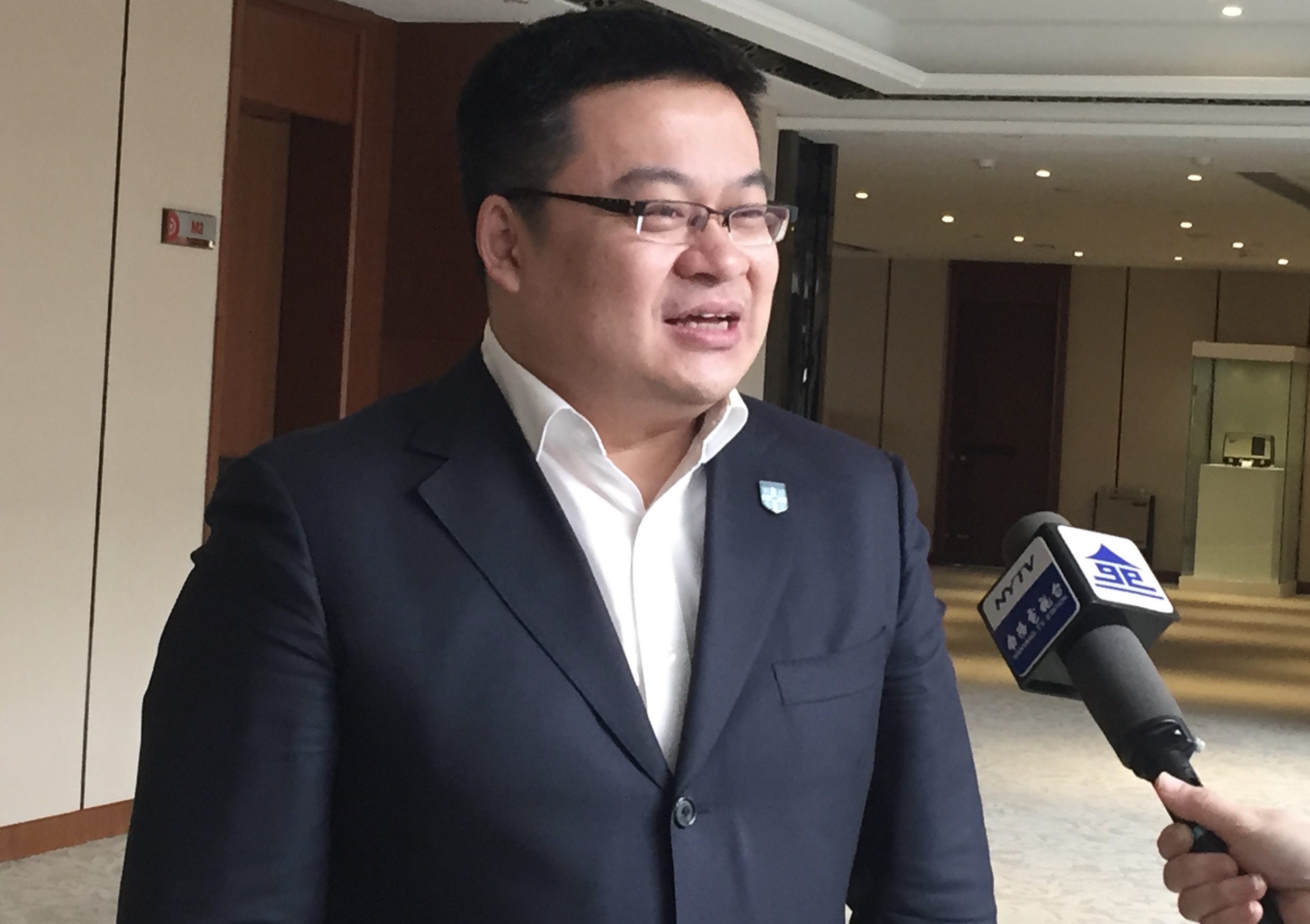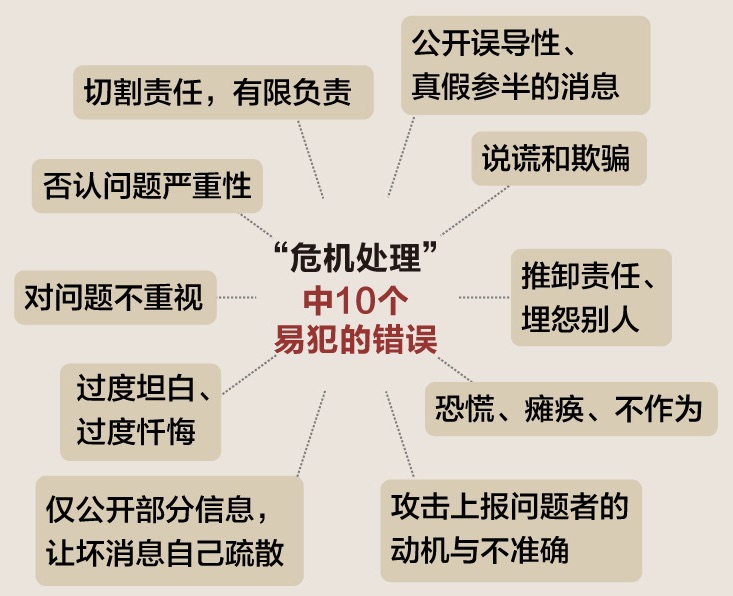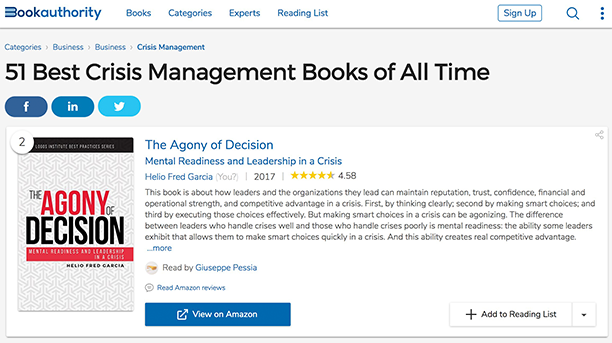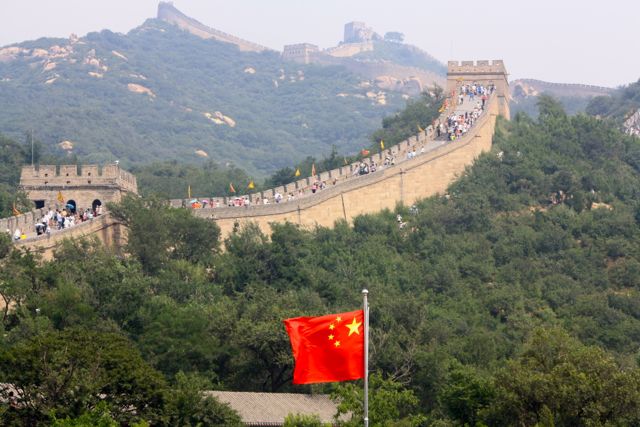By: Helio Fred Garcia @garciahf and Maida K. Zheng @maidazheng
Logos Consulting Group
“I call the head of Exxon. I don’t know, you know, ‘How are you doing? How’s energy coming? When are you doing the exploration? Oh, you need a couple of permits?'” Trump told supporters at a rally in Arizona on Monday. “I say, ‘You know, I’d love [for] you to send me $25 million for the campaign.’ ‘Absolutely sir, why didn’t you ask? Would you like some more?’”
This quote, as reported by the Washington Post is important for several reasons.
What President Trump suggested was not only a possible violation of federal law, (we can save that for another time) – he, in one statement, put Exxon Mobile in a reputational crisis while at the same time signaling big organizations that he would be happy to accept large campaign donations and that he would “wink, wink, wink” take care of them later. Trump’s tendency to imply a connection is a pattern that Helio Fred Garcia describes more fully in his book: Words on Fire: The Power of Incendiary Language and How to Confront It.
From a crisis management perspective, the first rule is to fully understand the risk, and to mitigate that risk quickly. In this case, the risk is that someone might interpret the comment as referring to an actual call with the Exxon CEO, who would then seem compromised.
The crisis communication strategy is to take control of the narrative and obtain the first mover advantage. If you don’t have the first mover advantage, you must respond and take control of the narrative within the “Golden Hour of Crisis Response,” a metaphor from emergency medicine. The Golden Hour refers not to a particular period of time, but to the observation that incremental delays in responding to a crisis – whether a medical emergency, a flood, or a more routine corporate setback – has greater than incremental impact on the outcome.
However, if an organization is first to define the nature of the crisis, its motives, and its actions, as Exxon Mobil did here, the result is that the organization will likely demonstrate caring and end up controlling the narrative. By capturing the first mover advantage, Exxon also deprived their adversaries of the chance to form a harmful narrative against the organization.
Upon hearing the statement from President Trump, Exxon Mobil immediately responded, posting on Twitter that, “We are aware of the President’s statement regarding a hypothetical call with our CEO…and just so we’re all clear, it never happened.”
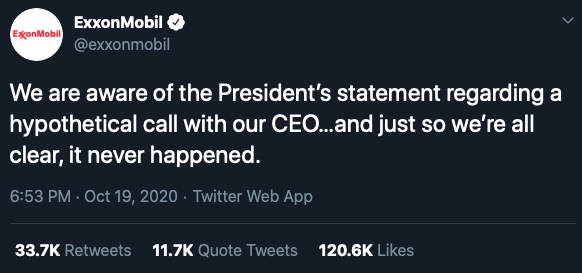
This was an important and timely move on Exxon’s part. They named it a hypothetical call, thereby defining the nature of the crisis. And they made clear that the call never happened. If they hadn’t acted as quickly and clearly, they would have lost control of the narrative, leading to negative consequences.
Effective Crisis Response as a Competitive Advantage
Effective crisis response is a competitive advantage; ineffective crisis response causes a competitive disadvantage and can even put an enterprise’s existence into jeopardy.
Whether an organization survives a crisis with its reputation, operations, and financial condition intact is determined less by the severity of the crisis than by the timeliness and effectiveness of the response.
Two Oxford University researchers demonstrated the extent to which effective and ineffective crisis response affects a company’s enterprise value.[1] Rory F. Knight and Deborah J. Pretty studied the stock price performance of prominent publicly-traded corporations that had suffered significant crises. They calculated each company’s stock price performance attributable to the crisis – stripping out market movements and other factors unrelated to the crisis that might have affected the stock price, and thus calculated what they called the ‘‘cumulative abnormal returns’’ for each company.
Knight and Pretty found that companies that mishandled crises saw their stock price (calculated as cumulative abnormal returns) plummet an average of ten percent in the first weeks after a crisis, and continue to slide for a year, ending the year after the crisis an average of 15 percent below their pre-crisis prices.
Companies with effective crisis response, on the other hand, saw their stock fall an average (cumulative abnormal returns) of just 5 percent in the weeks following a crisis, about half the initial decline of companies that mishandled the crisis. More significant, companies with effective crisis response saw their stock price recover quickly, and remain above their pre-crisis price thereafter, closing an average of 7 percent above their pre-crisis price one year after the crisis (Exhibit 1).
In other words, the tangible difference between effective and ineffective crisis response was, on average, 22 percent of a company’s market capitalization. Knight and Pretty assess the reasons for this disparity and conclude that the most significant factors are not the scope of financial damage or reduction in cash flows caused by the crisis. Rather, the most important determinant of a company’s ability to recover and increase its market capitalization after a crisis is the management team’s response. Knight and Pretty conclude that positive stock performance:
“. . . springs from what catastrophes reveal about management skills not hitherto reflected in value. A re-evaluation of management by the stock market is likely to result in a re-assessment of the firm’s future cash flows in terms of both magnitude and confidence. This in turn will have potentially large implications for shareholder value. Management is placed in the spotlight and has an opportunity to demonstrate its skill or otherwise in an extreme situation.” [2]
Exhibit 1: Effective vs Ineffective Crisis response
Source: Knight and Pretty (1997)

Lessons of the Past
Looking to a relevant historical example, Exxon suffered immense reputational and organizational damage following its ineffective crisis response during the 1989 Exxon Valdez oil spill.
Exxon suffered significant loss of reputation and eventually a great deal of financial loss – because the public perceived that its primary concern was not the harm that the spill caused.
Fifteen years after the spill a federal appeals court upheld a lower court judgment of $4.5 billion against the company (in addition to the more than $3 billion it had previously paid for cleanup and related costs). The Court said its purpose in upholding the award was to achieve ‘‘retribution and justice.’’ The New York Timesopined that such a judgment and such a purpose were entirely appropriate given Exxon’s seeming indifference in the initial phase of the spill.[3]
This perception of indifference is the single largest contributor harm in the aftermath of a crisis, especially when there are victims.
Companies, governments, and leaders are forgiven when bad things happen. But they won’t be forgiven if they’re seen not to care that bad things have happened. This is a lesson that many leaders fail to understand or to act on in the initial early phases of a crisis.
Exxon’s early response to the Exxon Valdez spill demonstrated lack of both situational awareness and self-awareness. They also demonstrated a lack of leadership discipline and command focus. In both cases leaders fell into one of the common missteps in a crisis: denial. Former General Electric CEO Jack Welch describes the need to get past denial quickly. In a Wall Street Journal Op-Ed piece soon after the flood, Welch said:
“One of the marks of good leadership is the ability to dispense with denial quickly and face into the hard stuff with eyes open and fists raised. With particularly bad crises facing them, good leaders also define reality, set direction, and inspire people to move forward. Just think of… Churchill during World War II. Denial doesn’t exactly come to mind – a forthright, calm, fierce boldness does.”
Effective leaders demonstrate this forthright, calm, and fierce boldness early. They see crisis response not as an interruption in their stewardship of a company, but as the test of that stewardship. And as the exodus of CEOs in 2004 and 2005 showed, ignoring a crisis won’t make it go away, but it may result in the CEO going away.
It seems that Exxon has learned this valuable lesson because on Monday, Exxon’s stocks were XOM, -1.99%, and after providing the clarification, their stock rose to 0.69%. The numbers don’t lie, and reputation management is indicative of the numbers being reflected in the stock market.
Guidance for Leadership
Exxon clearly learned from its crisis response failures around the Exxon Valdez spilled. Exxon — now known as Exxon Mobil, was ready when Trump put the company and its CEO in the media and social media cross-hairs.
So, what can CEO’s do when faced with a crisis? Here is a CEO checklist for crisis response preparedness:
- Have a clear sense of what constitutes a crisis, and know how to mobilize energy and resources quickly:
- Develop an early warning mechanism/rapid response capability.
- Designate a senior executive as responsible for crisis preparedness and response.
- Make this executive accountable and provide sufficient resources to conduct a thorough analysis of vulnerabilities, crisis response strategies, and crisis implementation.
- Pre-authorize this executive to take initial response steps without going through usual corporate approval processes.
- Test the system with wargames, tabletop exercises, and other processes that challenge leaders to make tough decisions and act quickly.
- Remember that the best plan won’t help if executives don’t know what to do or when do it. Recognize when business as usual needs to be suspended. A quick test:
- Will those who matter to us expect us to do or say something now?
- Will silence be seen by our stakeholders as indifference or as an affirmation of guilt?
- Are others talking about us now, thereby shaping the perception of us among those who matter to us; is there reason to believe they will be soon?
- If we wait do we lose the ability to determine the outcome?
If the answer to any of these questions is yes, then it is time to respond. If the answer to all four is no, then you have time to monitor the situation and prepare a response in case any of those answers change to a ‘yes.’
- Control the agenda: don’t let the media, adversaries, or the rumor mill define your situation.
- Keep in mind the Golden Hour of crisis response: incremental delays cause greater-than-incremental harm to reputation.
- Remember your stakeholders. What would reasonable people appropriately expect a responsible organization to do when faced with this? The answer to this question should guide your response.
- Develop messages and tactics with a goal in mind: How do you want your key stakeholders to think and feel, and what do you want them to know and do?
- In a crisis, assure both self-awareness and situational awareness:
- Coordinate all functions of the crisis response with frequent meetings/conference calls.
- Correct mistakes early.
- Understand what your stakeholders, adversaries, the media, and others are saying about you.
- Keep your focus on the goal: influencing stakeholders. Decisions become clear when you keep your stakeholders in mind.
[1] The Impact of Catastrophes on Shareholder Value: A Research Report Sponsored by Sedgwick Group, by Rory F. Knight and Deborah J. Pretty, The Oxford Executive Research Briefings, Templeton College, Oxford, 1997.
[2] Knight, R.F. and Pretty, D.J., ibid., p. 7.
[3]‘‘Time for Exxon to pay,’’ Editorial, The New York Times, January 30, 2004, p. A24.

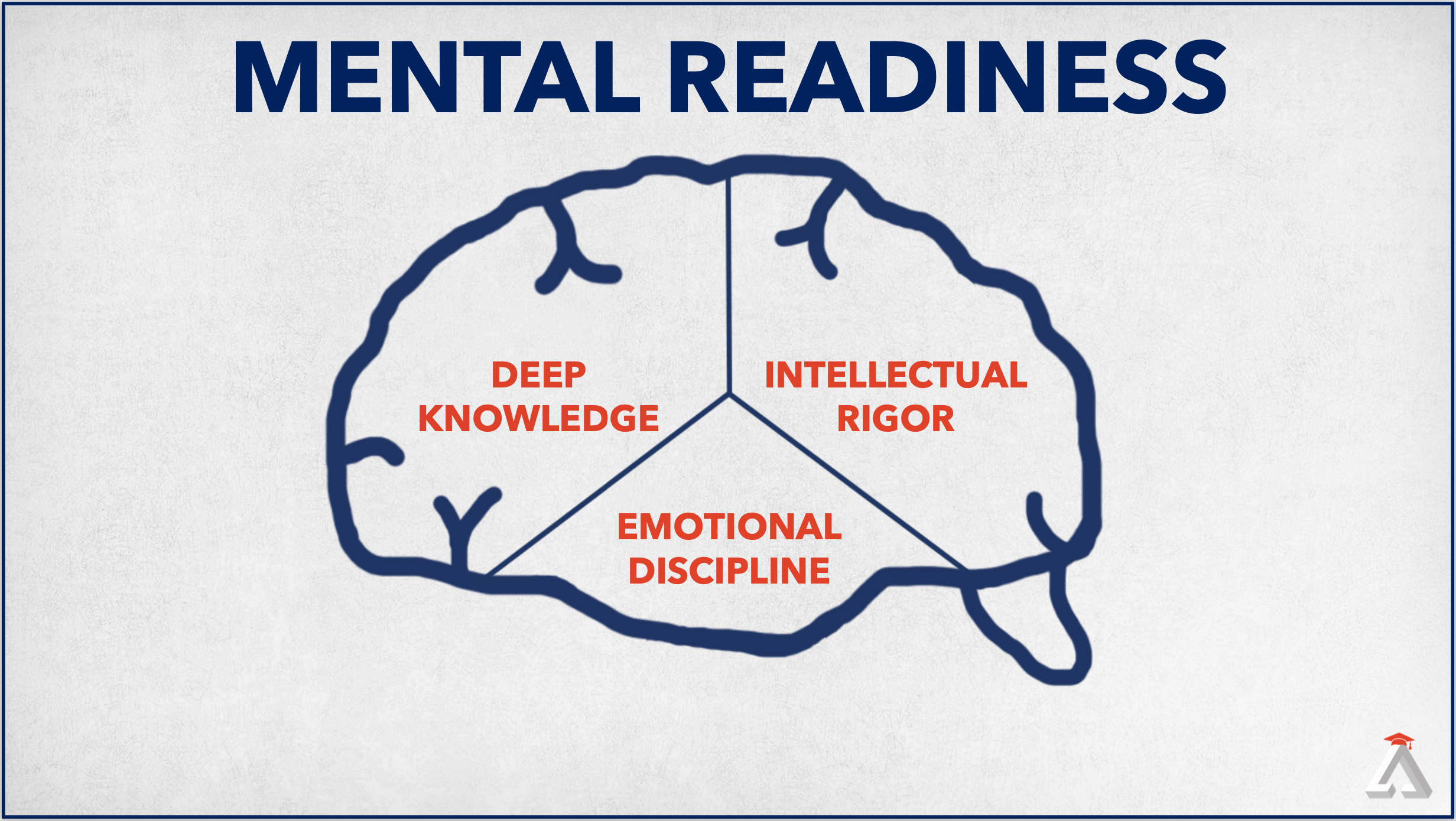
 Maida is an Advisor at Logos Consulting Group and a Senior Fellow at the Logos Institute for Crisis Management and Executive Leadership, where she helps corporate leaders maximize presence and enhance communication skills to become more effective in managing both their reputations and relationships. She also serves as the Chief of Client Services.
Maida is an Advisor at Logos Consulting Group and a Senior Fellow at the Logos Institute for Crisis Management and Executive Leadership, where she helps corporate leaders maximize presence and enhance communication skills to become more effective in managing both their reputations and relationships. She also serves as the Chief of Client Services.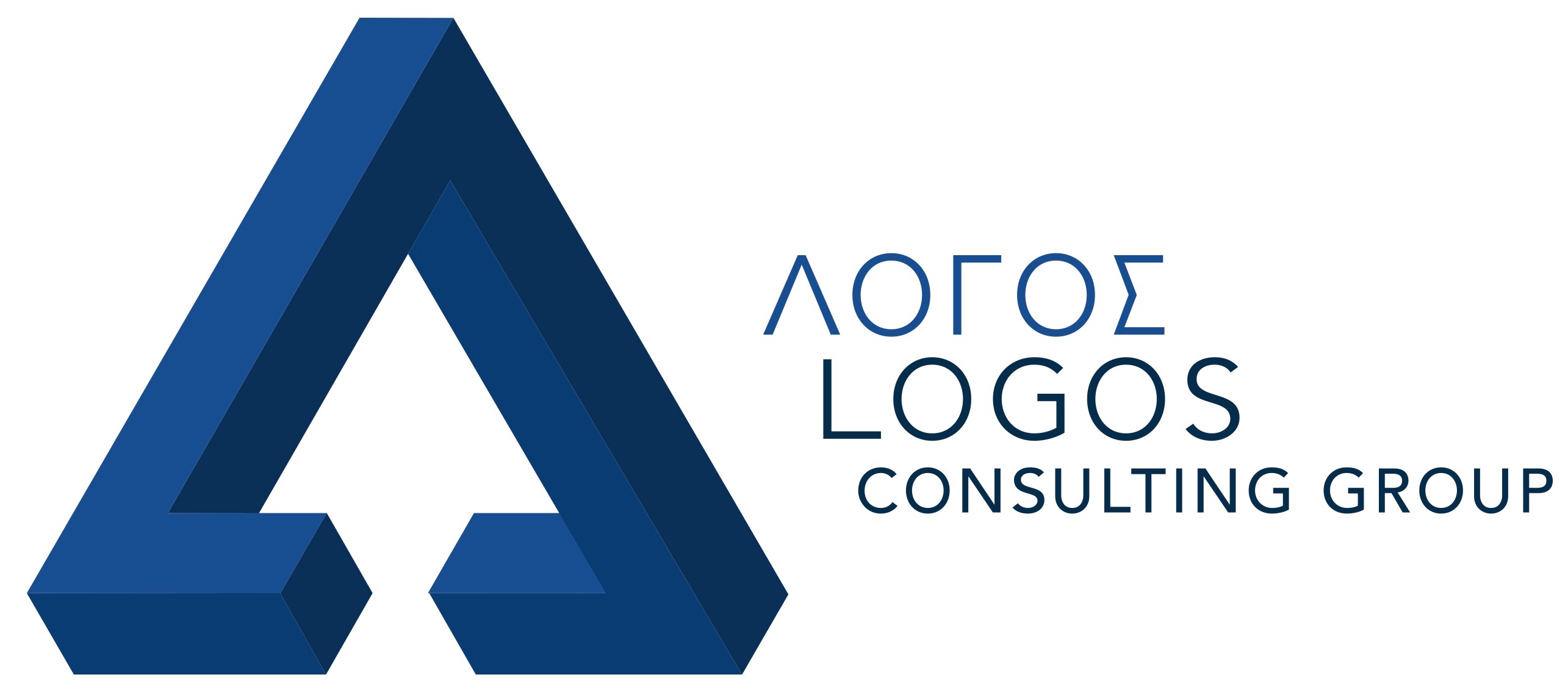 Leaders change the world. But they don’t do it alone. They ignite others toward a common cause. At Logos Consulting Group, we believe in this world and we see this world in the work that we do. Our mission is to build a better world by equipping people to become leaders who ignite change in the world for the good. We do this by helping our clients inspire those who matter to them to make a difference in their own industries and communities, and the world at large. We advise and coach our clients in three key areas:
Leaders change the world. But they don’t do it alone. They ignite others toward a common cause. At Logos Consulting Group, we believe in this world and we see this world in the work that we do. Our mission is to build a better world by equipping people to become leaders who ignite change in the world for the good. We do this by helping our clients inspire those who matter to them to make a difference in their own industries and communities, and the world at large. We advise and coach our clients in three key areas:  On November 9, 2020, Helio Fred Garcia spoke with Will Bachman on his podcast
On November 9, 2020, Helio Fred Garcia spoke with Will Bachman on his podcast 
